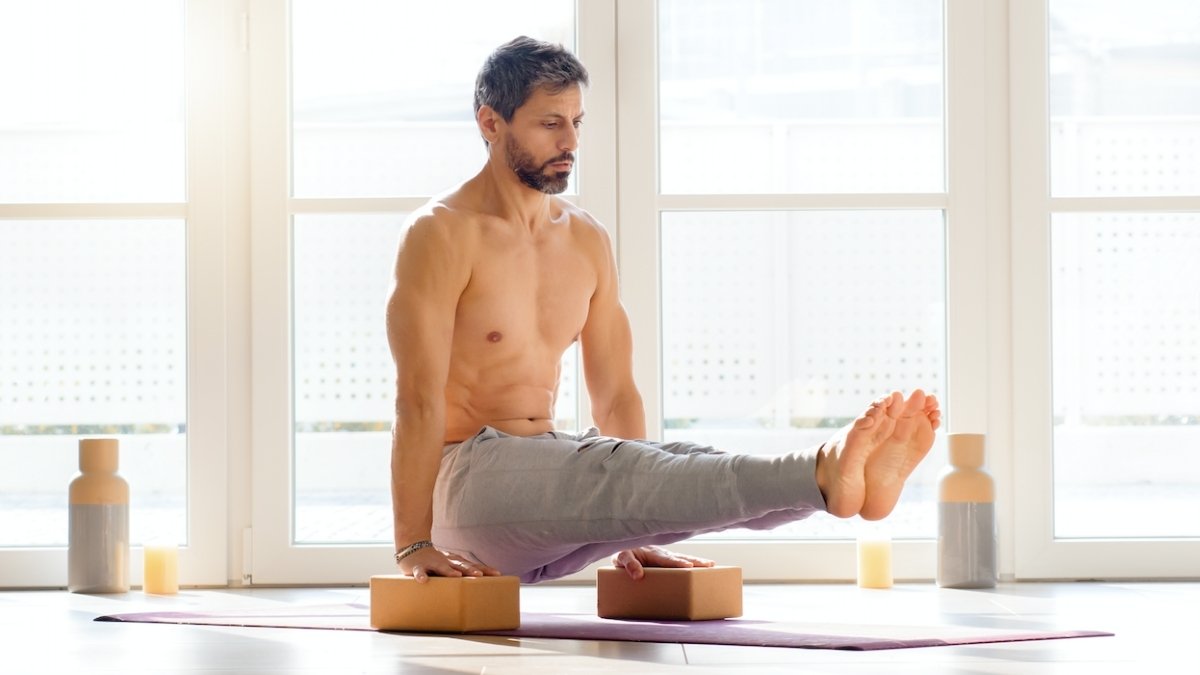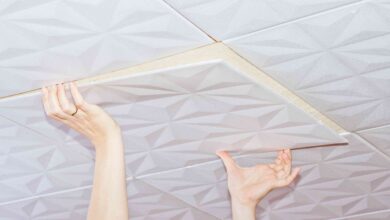5 Best Gymnast Exercises You Should Know

Gymnasts, be it those in the local gyms or professionals, are among the fittest athletes. Therefore, it shouldn’t be a surprise that you’d wish to achieve their fitness level, and there’s no better way to realize this than by performing gymnast exercises. Consistently performing these gymnast workouts will help make you more flexible while enhancing your core strength. In addition, your body builds more resilience, thereby making you prone to injuries.
But what are these exercises that can help you achieve gymnasts’ body control, grace, and precision? Read more on this guide on the best gymnast exercises.
1. Hollow-Body Hold
One of the first gymnastic exercises you should strive to learn is the hollow-body hold. Perfecting this exercise is crucial because you learn how to create whole-body tension and brace your abdominal muscles. The best thing about this exercise is that you only need your body weight to train your core and yield better results than planks and sit-ups.
- The steps to follow when doing the hollow-body hold include;
- Lie flat on the ground with your arms placed above your head and legs together.
- Contract your abs and raise your shoulder, head, and legs several inches above the ground.
- Conform your body to a crescent or banana shape from the head to your toe.
- Pause in this position for 15 to 30 seconds.
After perfecting this exercise and comfortably maintaining the crescent shape for a minimum of 30 seconds, you can make this workout more intense by rocking forward and backward. Over time, you can increase the speed of the back and forward movements to increase the intensity.
2. L-Sit
This gymnast exercise entails lifting yourself off the ground and maintaining that position depending on your power. To perform this workout, you need two parallel rings and bars, between which you’ll position your body and grip the bars. Another alternative if you can’t access parallel bars is placing hexagonal dumbbells on the floor. After setting the equipment in place, go ahead and straighten your arms, thereby pulling your shoulders far away from your ears. This way, you’ll look as though you’re performing a reverse shrug.
Bend your knees to move in your chest’s direction and raise your glutes and legs above the ground until your feet are in a uniform position with your hips. Try to maintain this position for 30 seconds and return to your starting position. If you can manage for 30 seconds to hold the tucked position, go ahead and spread your legs straight out ahead of you and maintain that position.
By doing the L-seat exercise, you get to enhance your body’s stability and strength. In addition, this workout boosts your arms and shoulders. Other body parts targeted by this workout include your hip flexors, triceps, lats, and rectus abdominal muscle.
3. Chair Squats
You should incorporate this gymnast exercise into your workout routine because it helps strengthen your core, quadriceps, and gluteal muscles. As a result, your landing mechanics get to improve. The chair squat is also a great workout to supplement other exercises such as cycling and running because it aids in mobilizing the tight Achilles.
This gymnast exercise is one of the simplest workouts, and here are the steps you need to follow to execute it correctly;
- Stand facing forward with a chair behind you while ensuring your legs shoulder-width is apart.
- Position your arms in front of you, ensure your head is facing forward, and your back is straight.
- Squat downwards by bending your knees and hips while allowing your lower back to arch.
- Lightly touch the chair and use your heels to push yourself back into the standing position. While standing up, ensure that you don’t lean forward, make your chest face upwards and prevent your knees from going in front of your toes.
The number of sets you should perform depends on your fitness level. Ideally, perform at least three sets, each with 10 to 15 squat chair repetitions. If you want to add more intensity to this workout, you can use dumbbells weighing between five to ten pounds. You should position them close to your chest while squatting.
https://www.youtube.com/watch?v=vVpojWs8lQg
4. Tuck-Ups
Do you want to get added strength for outdoor activities? The best way to do this is by reinforcing your core, and tuck-ups allow you to achieve this by strengthening the torso muscles connected to the pelvis and spine. Performing this workout is also linked to reducing back pain. Doing tuck-ups isn’t complicated, and these are the steps to follow;
- Rest on the ground with your legs straight and arms by your ears.
- Lift yourself from the ground, and tuck your knees towards your chest while making sure your arms are on the sides. Doing this helps you to balance your tailbone and get the much-needed stability.
- Return to a hollow body position while making sure only your lower back comes into contact with the ground.
For optimal efficiency, you should at least try to do two sets with each with 15 reps.
5. Planche Pushup
If you feel that the usual pushup isn’t working your core, deltoids, and pecs as you’d wish, this advanced workout is for you. By doing the planche pushup, you’ll be able to make the connective tissues around your shoulders and wrists a lot stronger, as well as your muscles. But while the planche pushup is no doubt effective, you need to have considerable strength in your legs, core, and upper body to be able to do it. This is why it’s often done by professional gymnasts who can even go to the point of lifting their legs off the ground.
You can also do an advanced version of the planche pushup, which requires you to lower your lower chest to shift your weight forward. Here are the steps you should follow when doing the planche pushup;
- Position your hands below your shoulder and your arms in a straight line.
- Confirm that your body forms a straight line from your head to your ankles.
- Bend your lower body and elbows towards the ground while simultaneously shifting forward your shoulders and chest up to the point when your ribs or pec are underneath your hands.
- Remain in that position for 1 to 3 seconds and push yourself back into the starting position.
Takeaway
Gymnasts usually have a strong core, upper body, low body fat levels, and well-defined muscles. They get to enjoy this fantastic body physique, all thanks to their exercises. With this in mind, it makes sense to incorporate them into your daily routine so that you, too, can start enjoying these benefits. If you have no clue which exercises these are, this guide has outlined the best gymnast exercises you need to start doing right away.




